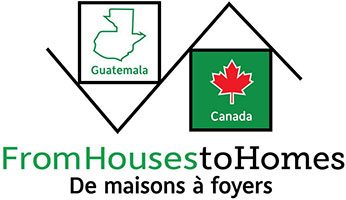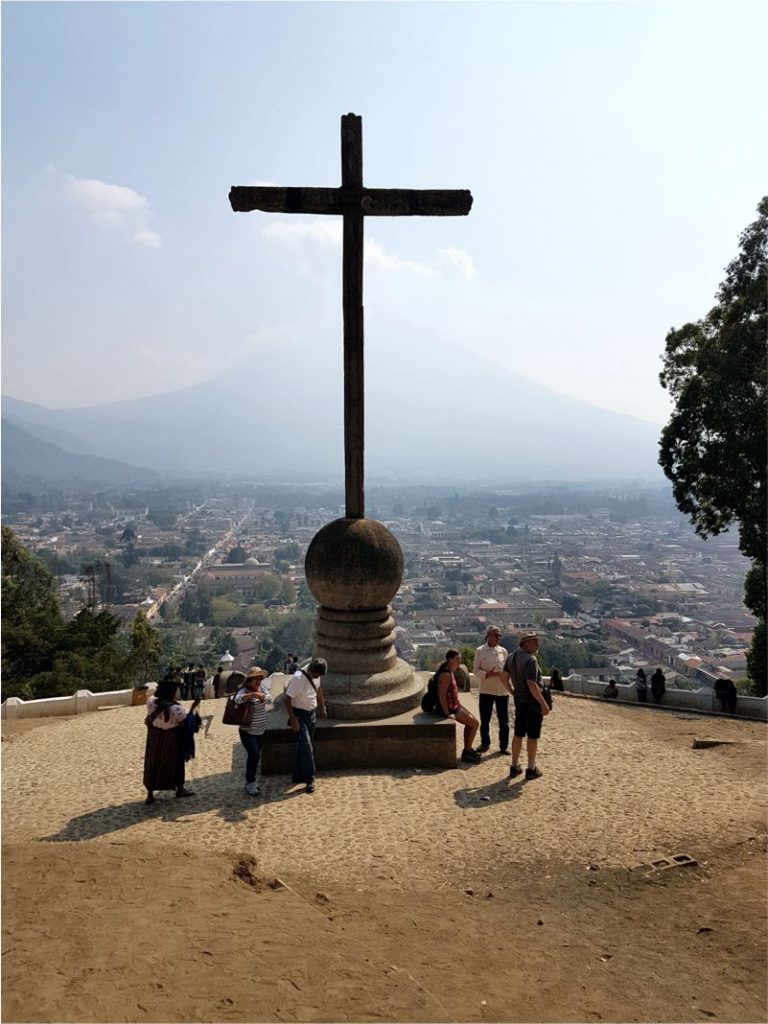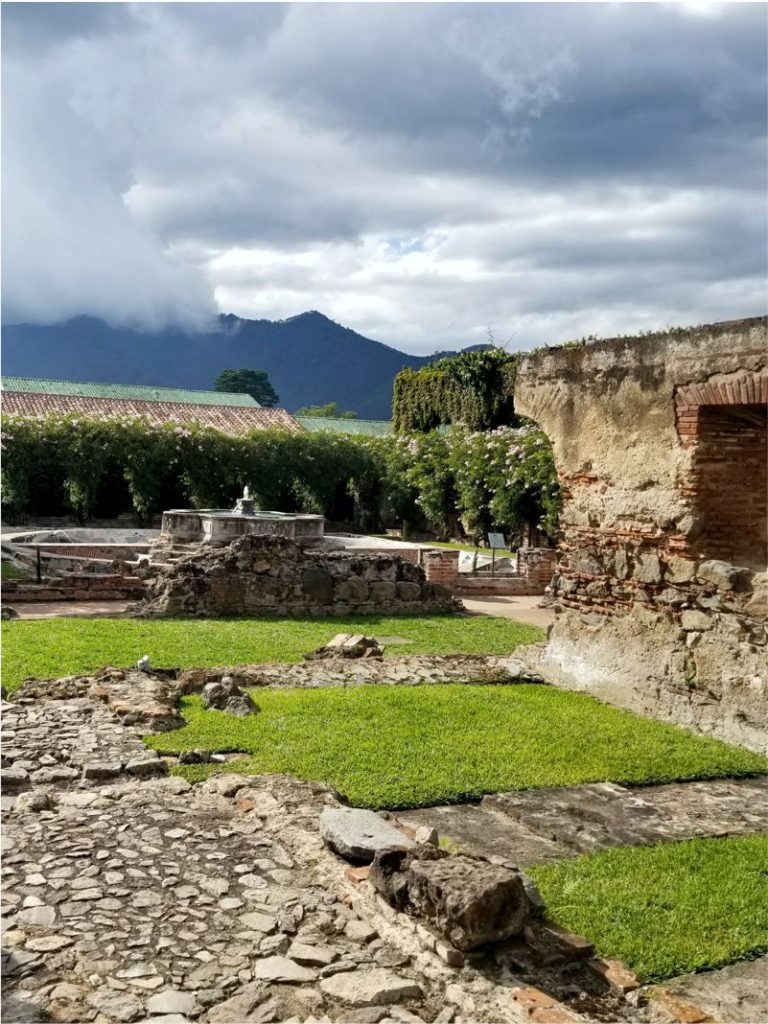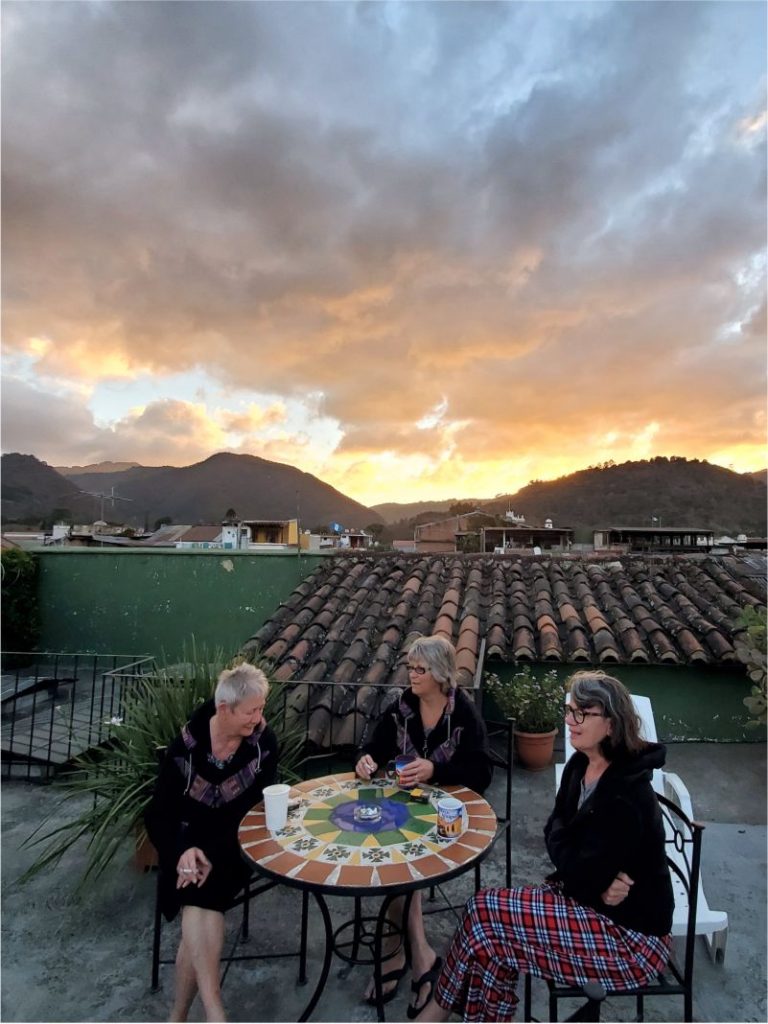Come volunteer with us and get an experience of a lifetime.
We leave Canada thinking we will go change lives, which we do, however, our lives are forever changed by the people we meet in Guatemala. Here is some information on Guatemala and a few tips about volunteering with us.
Before heading off to become a Guatemala volunteer, check out this quick list of things you need to know before you go!
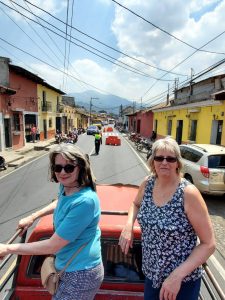
Though time runs slower, cars certainly don’t.
Commuting can be a scary experience for first timers in Guatemala. Drivers in Guatemala sure seem to be in a hurry! Before long, however, volunteers will grow accustomed to the hum of honking horns during their daily trip to and from their project location.
Guatemalans may be the world’s most colourful people.
Mayan culture remains a very prominent part of Guatemalans lives still today. With more than half of Guatemalans descendants of the indigenous Maya peoples, over 20 indigenous languages are still spoken today and many retain traditional dress and customs. Ancient archaeological sites, like Tikal, vibrant apparel, and a warm hospitable nature serve as additional evidence of the not-so-in-the-past heritage of the Mayan people. When you’re a Guatemala volunteer, you can chill out a bit.
It may rain
It will rain, and depending on the season, it may rain more days than not. Winter in Guatemala is considered the rainy season and lasts from May to October. Investing in quality rain gear before volunteering in Guatemala will be beneficial, especially for volunteers working on outdoor projects during the latter months. During winter, rain can be expected every afternoon for a couple hours. The rest of the year makes up the “dry season”, though rainy periods are not uncommon.
There’s no such thing as too much rice, beans, and tortillas.
White rice and black beans are two Guatemalan staples and volunteers can expect corn tortillas to accompany most of their meals while volunteering in Guatemala. Breakfast may incorporate this power duo scrambled in eggs with a side of fried plantains, or alongside various meats and vegetables for lunch and dinner. Tamales and empanadas are also prominent dishes in Guatemala, typically featuring cornmeal, potatoes, and meat stuffed in fried pastries. Healthier snacks and sides feature fresh fruit from the nearby rain forest. Volunteers will discover that the best and cheapest authentic meals can be found at comedores, small hole-in-the-wall restaurants that are often family-run.
Extracurriculars are endless.
With thirty-three volcanoes, world class whitewater rafting, a lush bio-diverse ecosystem, and Pacific coast shorelines at the tip of one’s fingers, volunteers will be itching to explore more of what Guatemala has to offer before their volunteer program ends. Antigua, the previous capital city of Guatemala, is also an extremely popular tourist destination, boasting colonial architecture and a UNESCO World Heritage Site title. Not to mention, Guatemala’s nearby neighbours of Mexico, Belize, Honduras, and El Salvador are ripe for exploration. Volunteers will benefit from taking extra time during their volunteer program in Guatemala, or at the end, to take advantage of some free-range travel with new-found volunteer or local friends.
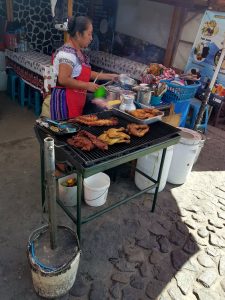
Everyone has a “special price for you.”
Although volunteers may think they are getting a deal the first time they are offered a “special price for you”, the asking cost of an item is almost always exaggerated and bargaining is not only acceptable, it is expected! It is worth noting that Guatemalans are very persistent sales persons and volunteers shouldn’t feel pressured to purchase everything. However, shopping local markets is a great way to find inexpensive, handmade (and colourful) souvenirs while supporting local artisans in the community.
Less is more.
The cost of living in Guatemala is less than volunteers’ expenses at home, most likely, so volunteers will be able to eat, live, and get around easily on next to nothing. There are excellent hotels at very reasonable prices in Antigua, Guatemala, the base city when volunteering with From Houses to Homes Canada.
You will count your blessings.
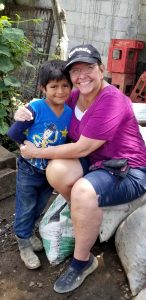
As one of the poorest nations in Central America, poverty is a very real and visible part of life in Guatemala. During a 36 year-long civil war that ended in 1995, a vast migration of residents to Guatemala City seeking employment led to significant resource depletion. Additionally, insufficient funding, expensive school supplies, lack of qualified teachers, and limited curriculum to accommodate the over twenty languages spoken by indigenous Mayan groups have contributed to Guatemala’s literacy rate remaining the lowest in Central America.
As a result of these societal issues, a large number of volunteer placements in Guatemala involve working with impoverished groups and children. While volunteers can make a significant difference in the lives of locals, they may be surprised to find just how touched their own lives are by their volunteer work, and the lasting impact on their being left by the happy and vibrant people of their host country.
International volunteers are generally much appreciated, and volunteers are always made to feel very welcome.
Be modest
Despite its reputation as the “land of eternal spring”, Guatemalans rarely skimp down their dress during warm weather. Contrary to what volunteers would wear in most Western parts of the world, when volunteering in Guatemala individuals should err on the side of “modesty” when packing for their trip. Short shorts and miniskirts are a definite no, shirts should have more than just skinny straps, and the minimal swimwear should mean a full coverage one-piece bathing suit.
You should learn a little Español.
Although Spanish is the official language of Guatemala, it is only spoken by about 60 percent of the population. While Spanish fluency is generally not expected of volunteers, some level of proficiency will prove beneficial, since English is not widely spoken. As a result of the country’s vastly influential Mayan heritage, numerous indigenous tongues make up the majority of the remaining 40 percent of languages spoken, so volunteers will have the chance to get to know various native dialects as well.
Volunteers must pay their own travel and living expenses as well as make a volunteer donation of $500.00 to From Houses to Homes Canada.
“You have never really lived until you have done something for someone who can never repay you.” John Bunyan
